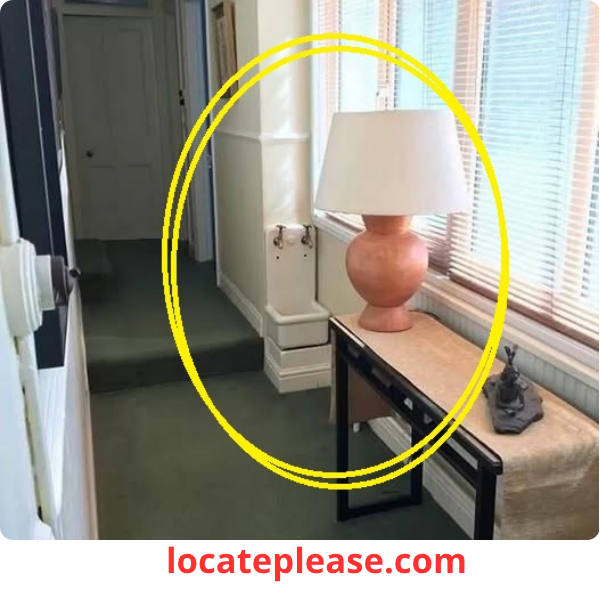You’re wandering through a historic home, admiring the craftsmanship, when suddenly—wham . A sink. In the hallway. Not in a bathroom, not in the kitchen. Just… hanging out like it owns the place. You pause. Who decided this was a good idea? You’re not alone. A viral Reddit post recently sparked chaos in the comments section over a photo of a “hallway sink” that looked like it teleported straight out of a 1920s time capsule. Theories ranged from “fancy foot washer” to “plumbing error,” but the truth is far more practical—and oddly brilliant.
The “Wait, Why Is This Here?” Factor
Let’s set the scene: You’re in a dimly lit hallway of a century-old house. The floorboards creak, the walls feel like they’re hiding secrets, and then—there it is . A sink, dwarfed by the space around it, looking like it lost a bet with the bathroom. You might laugh at the absurdity, but this mini fixture wasn’t a whimsical afterthought. It was a lifesaver in an era when hygiene and hospitality collided in unexpected ways.
Hallways of the Past: More Than Just a Walkway
Rewind to the early 1900s, when indoor plumbing was a luxury and bathrooms were scarce. Most homes had one bathroom —maybe two if you were fancy—and it was often tucked away on the second floor. Kitchens were bustling hubs of activity, not guest-friendly zones. Hallways, on the other hand, were multipurpose spaces where guests lingered, coats were shed, and yes, hands got washed.
Imagine hosting a dinner party in 1915. Your guests arrive covered in street dust, soot, or horsehair (thanks, pre-car era). Sending them upstairs to the lone bathroom would be awkward, time-consuming, and disruptive. Enter the hallway sink : a discreet, no-nonsense solution for quick cleanups. It wasn’t about luxury—it was about survival.
The Sink’s Secret Mission
These tiny sinks weren’t for soaking dishes or washing laundry. Their sole purpose was hygiene etiquette . Guests could rinse their hands or faces before entering the dining room, avoiding the trek upstairs. The sinks were strategically placed to:
- Prevent germs from dusty streets or coal-smoke-filled air from contaminating food.
- Avoid bathroom traffic jams during parties (because one bathroom + 20 guests = disaster).
- Maintain social decorum —no one wanted strangers wandering into private bedrooms just to wash up.
And yes, they were small . Some were barely larger than a breadbox, with separate hot and cold taps that required the skill of a chemist to balance without scalding your hands. But in a time when “germ theory” was still gaining traction, these sinks were revolutionary.
Why They Look So Weird Today
Fast-forward to 2024, where every bedroom has an en-suite bathroom and “powder rooms” are standard. The hallway sink seems like a relic from a bizarre alternate universe. Modern eyes see it and think:
- “Is this a plumbing mistake?”
- “Did someone lose a bet with their contractor?”
- “Is this a secret spy gadget?”
But back then, it was pure practicality. These sinks were a silent servant , ensuring cleanliness without fanfare. They were never meant to be glamorous—just functional.
A Legacy of Clever Design
While hallway sinks might look laughable now, they’re a testament to the ingenuity of past generations. Homeowners solved problems with what they had, prioritizing convenience and health over aesthetics. Today’s open-concept kitchens and endless bathrooms would’ve blown their minds.
So next time you spot one of these quirky fixtures, don’t snicker. Tip your hat to the architects who thought, “Let’s put a sink here so Aunt Mildred doesn’t track coal dust into the parlor.” It’s a reminder that even the strangest features in old homes have stories to tell—and sometimes, those stories are about keeping dinner parties from descending into germ-driven chaos.
Final Thought: The hallway sink wasn’t a design flaw—it was a Victorian-era hack. And honestly? We could all use a little more clever problem-solving in our lives.










